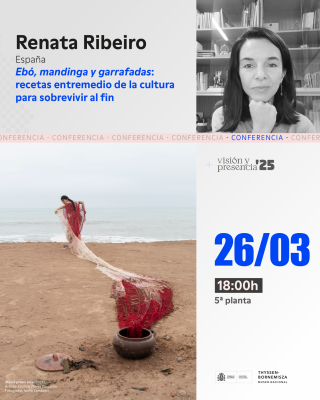Descripción de la Exposición ------------------------------------------------------- ------------------------------------------------------- Diego Rivera was the subject of MoMA's second monographic exhibition (the first was Henri Matisse), which set new attendance records in its five-week run from December 22, 1931, to January 27, 1932. MoMA brought Rivera to New York six weeks before the exhibition's opening and gave him studio space within the Museum, a strategy intended to solve the problem of how to present the work of this famous muralist when murals were by definition made and fixed on site. Working around the clock with two assistants, Rivera produced five 'portable murals'-large blocks of frescoed plaster, slaked lime, and wood that feature bold images drawn from Mexican subject matter and address themes of revolution and class inequity. After the opening, to great publicity, Rivera added three more murals, now taking on New York subjects through monumental images of the urban working class and the social stratification of the city during the Great Depression. All eight were on display for the rest of the show's run. The first of these panels, Agrarian Leader Zapata, is an icon in the Museum's collection. This exhibition will bring together key works made for Rivera's 1931 exhibition, presenting them at MoMA for the first time in nearly 80 years. Along with mural panels, the show will include full-scale drawings, smaller working drawings, archival materials related to the commission and production of these works, and designs for Rivera's famous Rockefeller Center mural, which he also produced while he was working at the Museum. Focused specifically on works created during the artist's stay in New York, this exhibition will draw a succinct portrait of Rivera as a highly cosmopolitan figure who moved between Russia, Mexico, and the United States, and will offer a fresh look at the intersection of art making and radical politics in the 1930s. MoMA will be the exhibition's sole venue.
La muestra presenta cinco murales portátiles del pintor mexicano Diego Rivera (1886-1957), unas obras que éste creó para una muestra monográfica que la misma institución le dedicó hace ochenta años. Se trata de unos frescos realizados en grandes bloques de yeso, cemento y acero, y que reproducen imágenes que conmemoran distintos acontecimientos de la historia de México.

Premio. 13 mar de 2025 - 27 abr de 2025 / Madrid, España
Componer Saberes para imaginar y construir futuros sostenibles

Formación. El 26 mar de 2025 / Museo Nacional Thyssen-Bornemisza / Madrid, España
Ebó, mandinga y garrafadas: recetas entremedio de la cultura para sobrevivir al fin